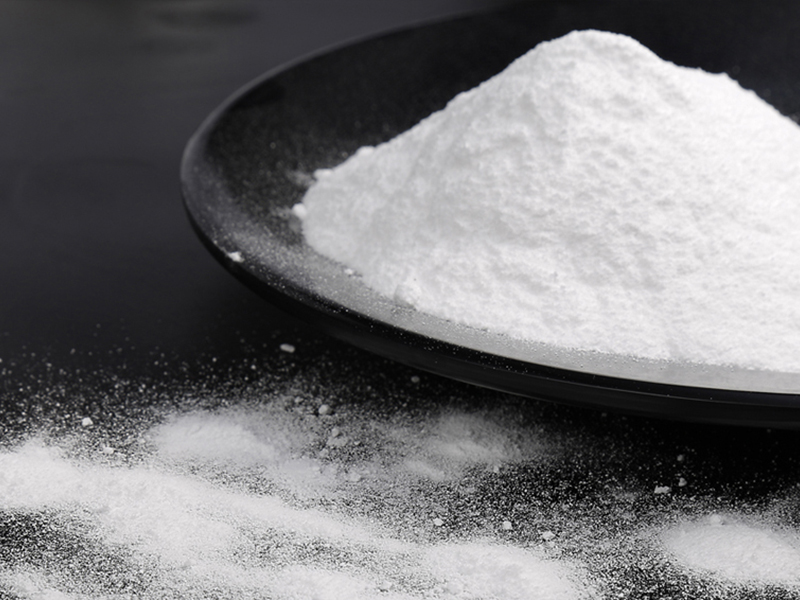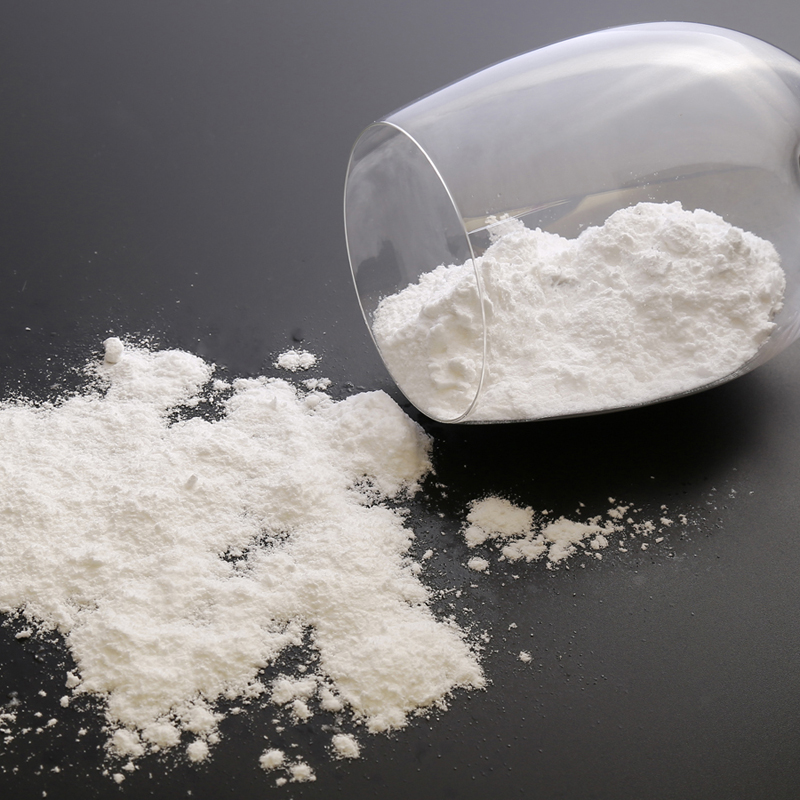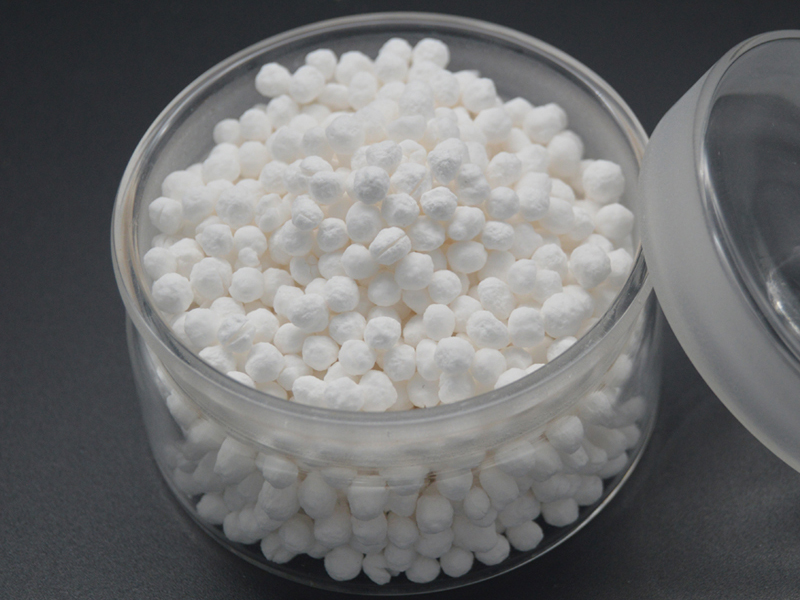The classification and use of soda ash:
1. According to the different densities, soda ash is mainly divided into light soda ash (hereinafter referred to as light soda ash) and heavy soda ash (hereinafter referred to as heavy soda ash). Its chemical composition is sodium carbonate, but its physical form is different: the density of light soda ash is 500-600kg/m3, in the form of white crystalline powder; The density of heavy alkali is 1000-1200kg/m3, appearing as white fine particles. Compared with light alkali, heavy alkali has the characteristics of solidity, large particle size, high density, low moisture absorption, difficulty in agglomeration, difficulty in flying, and good fluidity. In addition, there are also ultra-light and ultra-heavy soda ash, with densities of around 370kg/m3 and 1550-2553kg/m3, respectively.
2.According to different uses, soda ash can be divided into industrial soda ash and edible soda ash. Industrial soda ash follows the national standard GB/T 210-2004 “Industrial Sodium Carbonate and Its Test Methods” (hereinafter referred to as the national standard) issued by the People’s Republic of China, including GB/T 210.1 2004 “Industrial Sodium Carbonate and Its Test Methods Part 1: Industrial Sodium Carbonate” and GB/T 210.2 2004 “Industrial Sodium Carbonate and Its Test Methods Part 2: Test Methods for Industrial Sodium Carbonate”. The standard for edible soda ash is GB1886-1992 “Food Additives Sodium Carbonate”. On the basis of meeting the low salt alkali standard for industrial soda ash, the content limit for arsenic and heavy metals has been added.
3.According to the different chloride content, soda ash can be divided into ordinary alkali, low salt alkali, ultra-low salt alkali, and special low salt alkali. According to the national standard, the mass fraction of ordinary alkali sodium chloride is ≤ 1.20%; The mass fraction of low salt alkali sodium chloride is ≤ 0.90%; The mass fraction of ultra-low salt alkali sodium chloride is ≤ 0.70%; The mass fraction of special low salt alkali sodium chloride is ≤ 0.30%.
The use of soda ash
Soda ash is one of the important chemical raw materials, and its main uses include the following fields:
One is in the field of building materials. Soda, as one of the main raw materials for flat glass, provides sodium ions for reactions and is also the main component of clarifiers.
The second is in the field of chemical production, where soda ash is widely used in the manufacturing of products such as sodium silicate (commonly known as bubble soda or water glass), sodium bicarbonate (commonly known as baking soda), sodium fluoride, and dichromate.
Thirdly, in the field of printing and dyeing metallurgy, soda ash serves as a softener in the textile production process, or as a solvent for smelting, a flotation agent for beneficiation, and a desulfurizer for steelmaking.
Fourthly, in the field of food processing, soda ash serves as a neutralizer, leavening agent, buffering agent, and dough improver for pasta, increasing the taste and flexibility of pasta. It can also be used as a main auxiliary additive in the production of monosodium glutamate and soy sauce.
In addition, soda ash is also widely used in environmental desulfurization, pharmaceutical products, leather making, paper making, etc. High end soda ash can also be used in the manufacturing of picture tube glass shells and optical glass.




